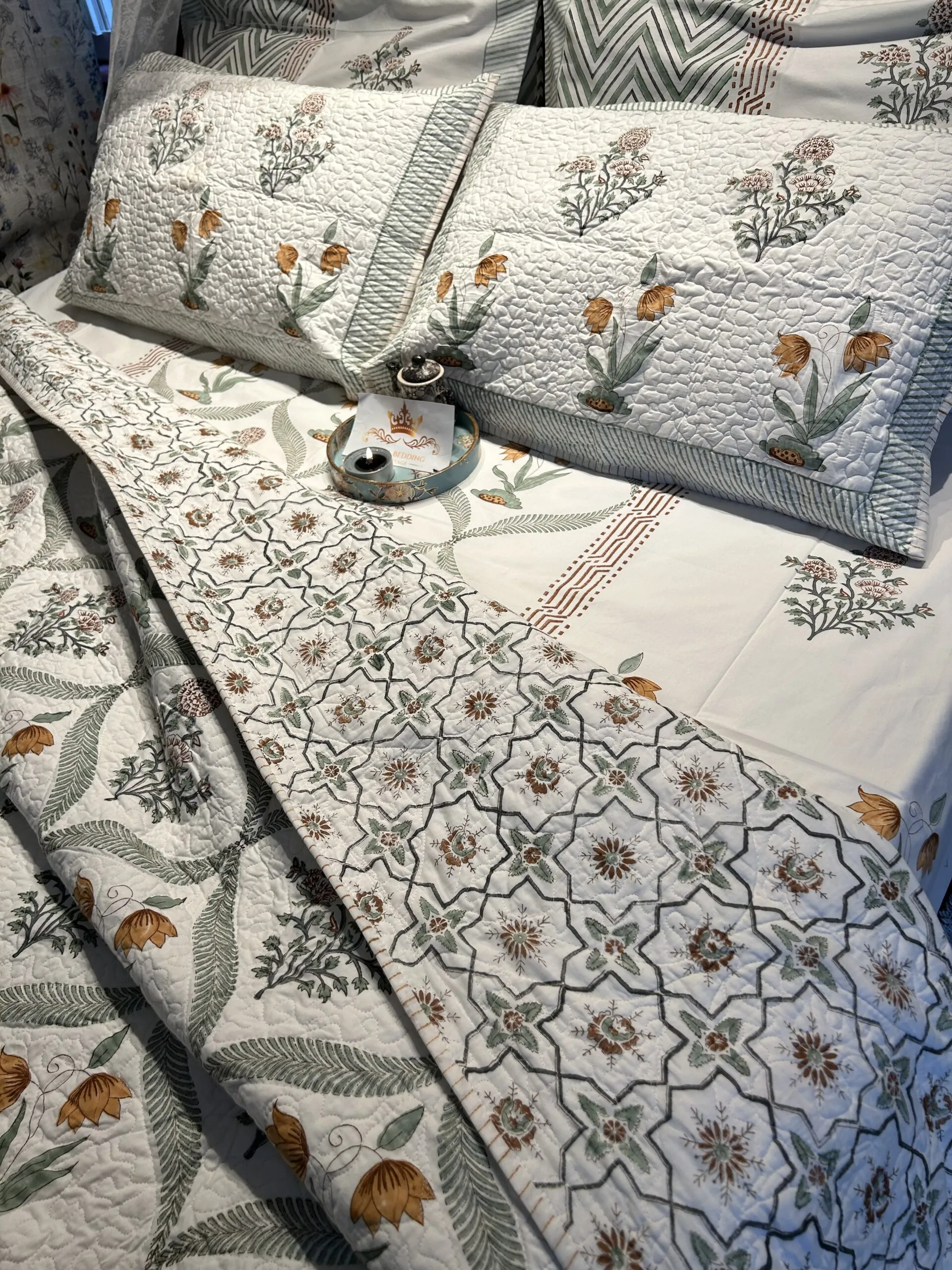Caring for a Rose Hair Tarantula is a rewarding experience, and providing the right bedding is crucial to their health and happiness. This guide will walk you through everything you need to know about choosing, setting up, and maintaining the perfect bedding for your Rose Hair Tarantula, ensuring a comfortable and safe environment for your eight-legged friend. From understanding the importance of substrate to avoiding common pitfalls, this comprehensive 101 will help you master the art of Rose Hair Tarantula bedding.
Understanding Rose Hair Tarantula Bedding Needs
The right bedding is more than just a surface; it’s an essential part of your tarantula’s habitat. The substrate plays a vital role in several aspects of their well-being, from regulating humidity to providing a sense of security. The right choice of bedding will mimic their natural environment and encourage natural behaviors, such as burrowing and hiding. Selecting the right substrate and maintaining it correctly is one of the most crucial aspects of providing proper care.
Why Bedding Matters for Your Tarantula
Bedding is not just a matter of aesthetics; it’s a critical component of your Rose Hair Tarantula’s well-being. A suitable substrate provides a comfortable environment where your tarantula can thrive, and can perform a role that goes beyond the visual. The bedding significantly impacts the overall health of your tarantula.
Bedding’s Role in Humidity
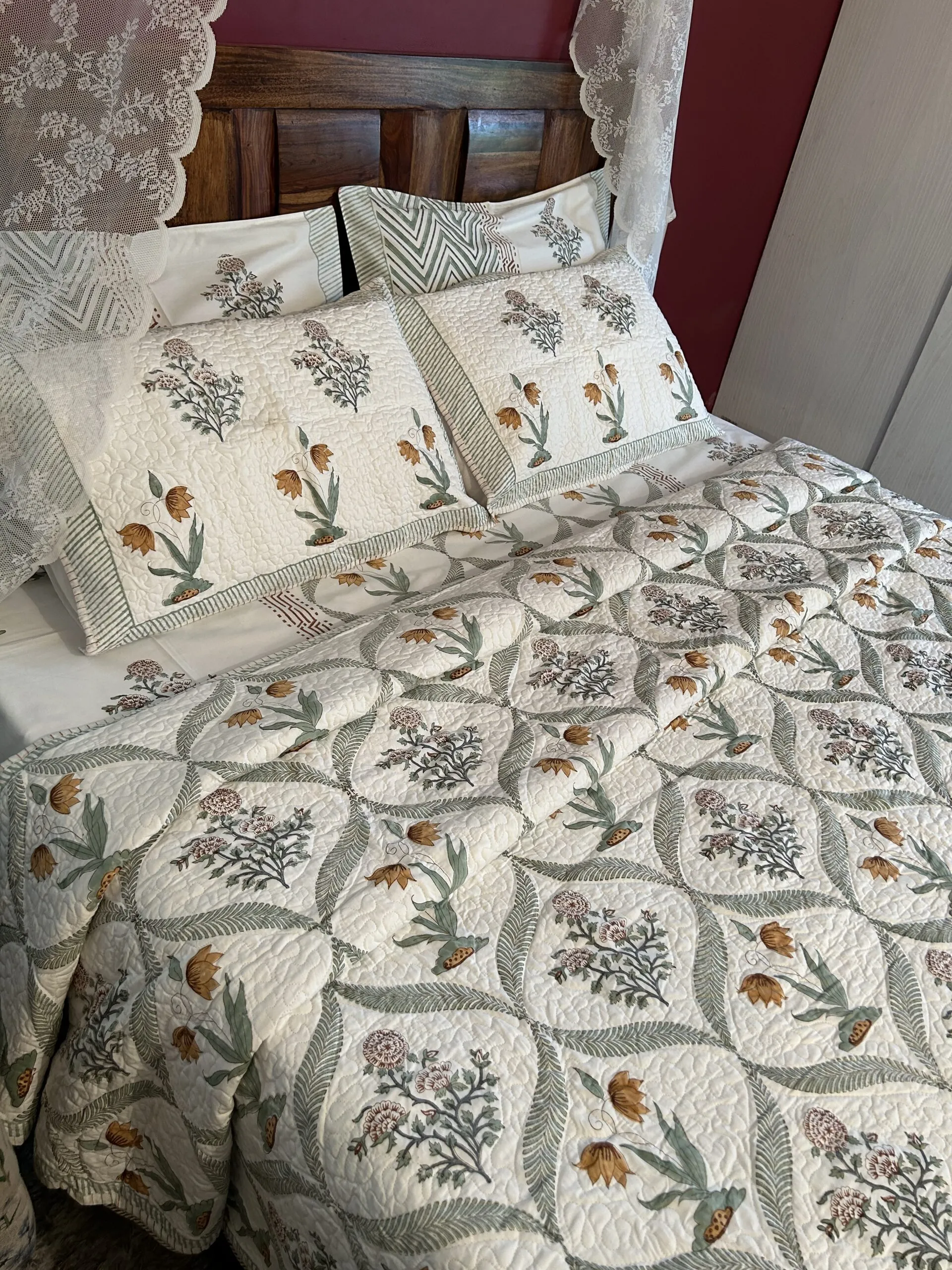
Rose Hair Tarantulas require a specific humidity level to thrive. The bedding acts as a moisture reservoir, gradually releasing humidity into the enclosure. The appropriate bedding will assist you in maintaining this level, preventing dehydration and ensuring healthy molting cycles. Choosing the right substrate is very important to maintain correct humidity levels.
Importance of Bedding for Burrowing
Rose Hair Tarantulas are terrestrial spiders, and their natural instinct is to burrow. The right bedding allows them to create burrows or hide, providing security and a sense of safety. A good substrate allows them to express their natural behaviors, reducing stress and promoting overall well-being. A deep layer of substrate is often crucial for allowing the tarantula to burrow effectively.
Ideal Bedding Substrates for Rose Hair Tarantulas
Selecting the right substrate is the first step in creating a healthy environment for your tarantula. Several options are available, each with its own benefits. The best choice will depend on your preferences and the specific needs of your tarantula. The following options are common and recommended for Rose Hair Tarantulas, offering a balance of humidity retention, burrowing capability, and safety.
Coconut Fiber as a Bedding Choice
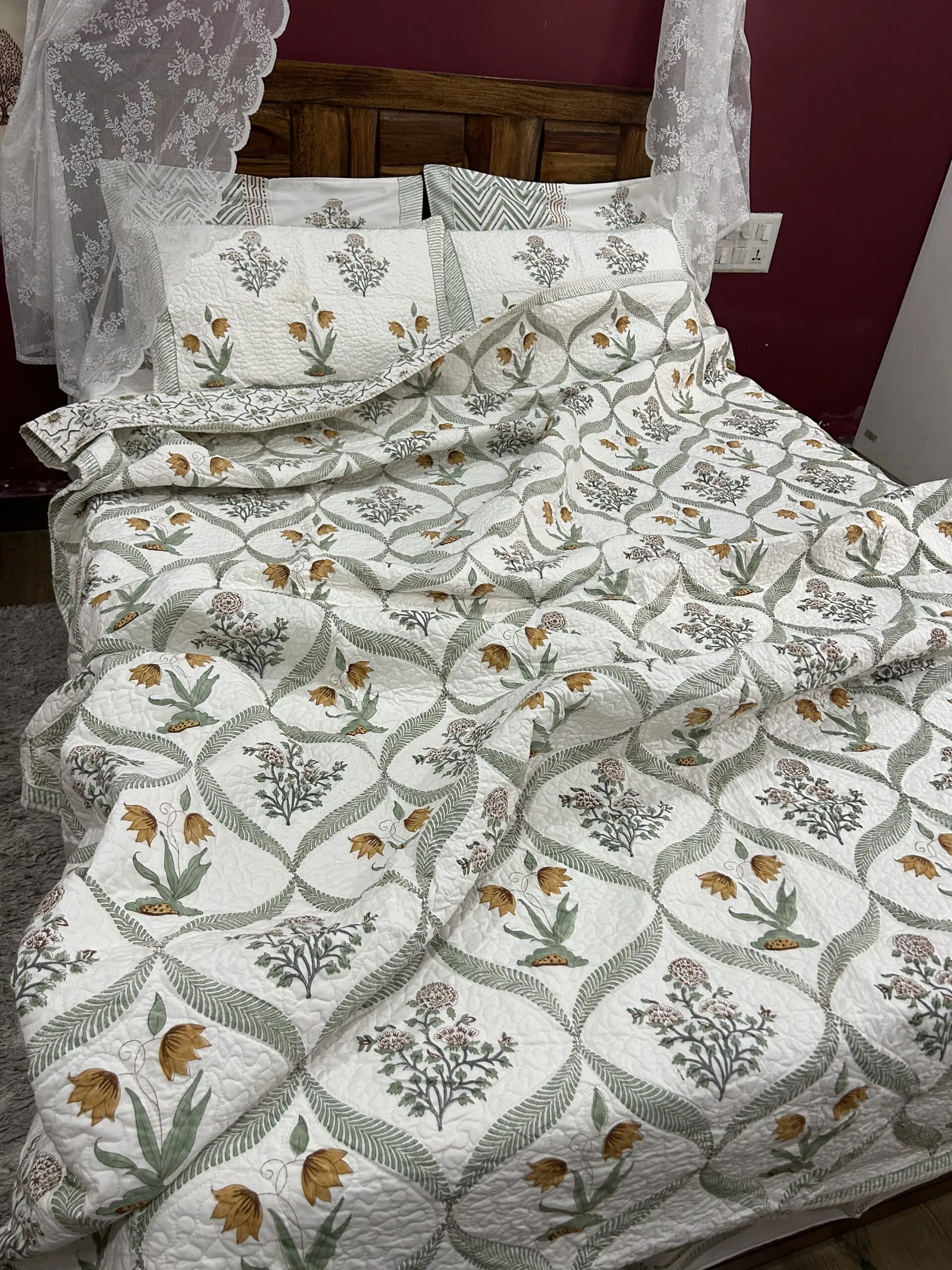
Coconut fiber, also known as coco coir, is a popular and highly recommended substrate for Rose Hair Tarantulas. It’s derived from the husk of coconuts and offers several advantages. Its natural properties are excellent for retaining moisture, which is essential for maintaining proper humidity levels. The material allows for burrowing and is a safe option for tarantulas. Coconut fiber’s widespread availability and ease of use make it a great choice for beginners and experienced keepers alike.
Benefits of Using Coconut Fiber
Coconut fiber is a versatile substrate offering several benefits. It excels at retaining moisture, which helps maintain the humidity levels required by Rose Hair Tarantulas. It also provides a good medium for burrowing, allowing your tarantula to exhibit its natural behavior. Coconut fiber is also a safe and natural substrate, minimizing the risk of harm to your pet. It is easy to obtain and readily available, making it accessible for all tarantula owners.
How to Prepare and Use Coconut Fiber
Preparing coconut fiber is a simple process. You can find it in compressed brick form, which needs to be hydrated. Soak the brick in water until it expands fully. Once expanded, wring out any excess water to avoid making the substrate too wet. Add a layer of approximately 3-4 inches of substrate to the enclosure, ensuring it’s deep enough for burrowing. Regularly monitor the substrate’s moisture level by lightly misting it with water to maintain the appropriate humidity. Be sure the fiber is clean, and free from any potential contaminants, before putting it into the enclosure.
Other Bedding Options
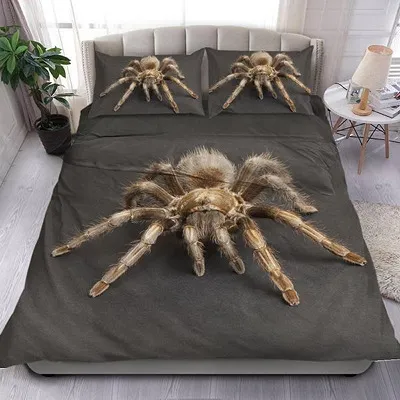
While coconut fiber is a great choice, other substrates can be used either alone or in combination. These options can also be a good choice for your Rose Hair Tarantula.
Sphagnum Moss
Sphagnum moss can be added to increase humidity and provides additional burrowing opportunities. Make sure to use it in moderation to avoid excessive moisture. Sphagnum moss can also be used as a decorative addition.
Peat Moss
Peat moss is another option that can be mixed with coconut fiber. It holds moisture well but can be acidic, so monitor its impact on the enclosure’s pH. It is important that it is a safe addition to the enclosure.
Mixing Substrates
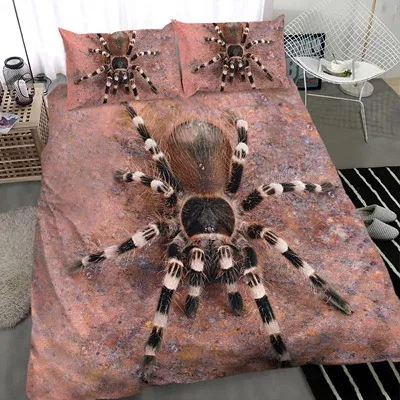
Mixing substrates can provide the best of both worlds. Combining coconut fiber with sphagnum moss or peat moss can create a substrate that balances humidity and burrowing. This allows you to tailor the environment to your tarantula’s needs and preferences. Experiment to discover what works best for your pet.
Setting Up Your Rose Hair Tarantula’s Enclosure
Setting up the enclosure correctly is essential to ensure your Rose Hair Tarantula’s well-being. This includes choosing the right size, layering the substrate properly, and maintaining appropriate humidity levels. Proper setup creates a comfortable and enriching environment for your tarantula.
Choosing the Right Enclosure Size
The enclosure size should be appropriate for your tarantula’s size. A general rule is to provide an enclosure that is at least twice the tarantula’s leg span in width and length. Rose Hair Tarantulas are terrestrial, so the height is less critical than the floor space. Adequate space allows for natural behaviors like burrowing and roaming, reducing stress and improving the tarantula’s quality of life. Avoid housing your tarantula in too large of an enclosure, as it can make it difficult for them to find food.
Layering the Bedding Correctly
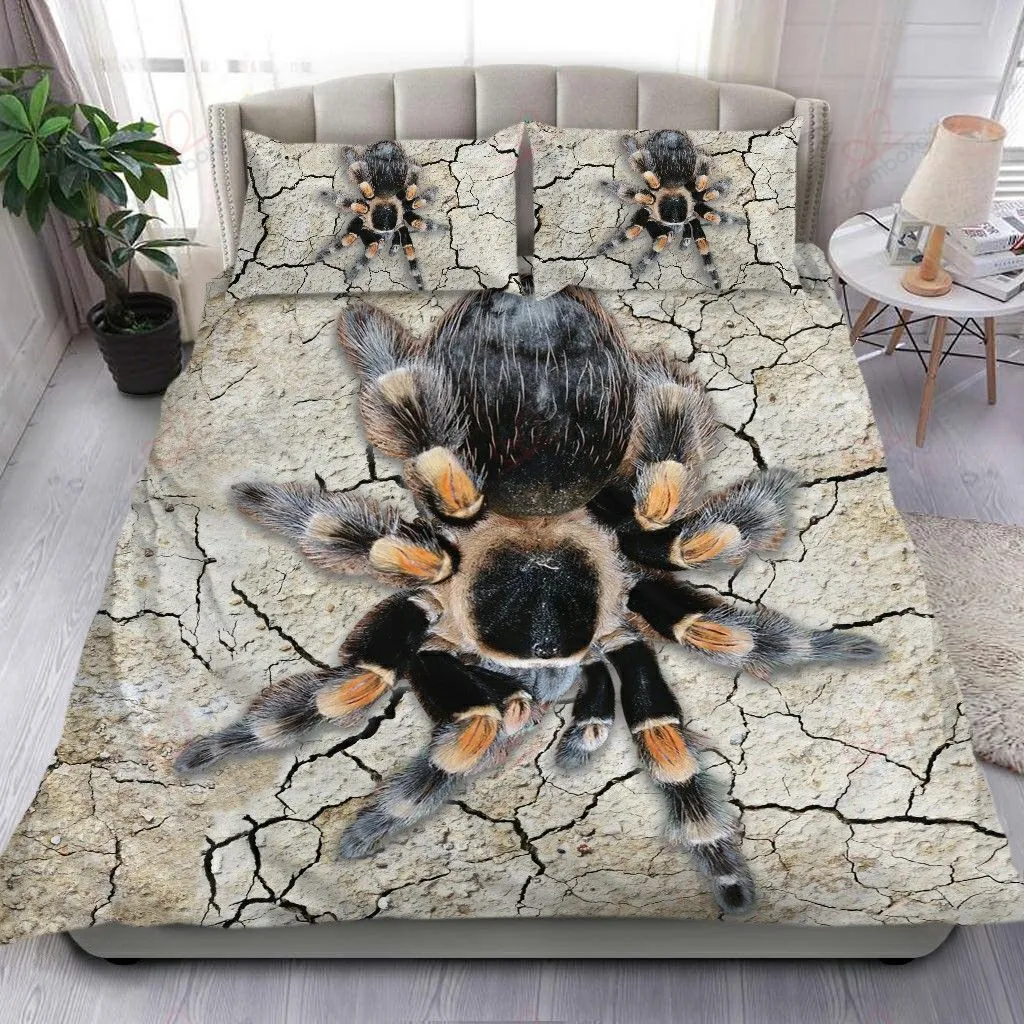
The bedding should be layered to a depth that allows for burrowing, typically 3-4 inches. The depth is key to ensure the tarantula can burrow and create a secure hide. The layering should be even and consistent to allow proper moisture retention throughout the enclosure. Ensure the substrate isn’t compacted too tightly; your tarantula will appreciate the space. The depth should be enough for them to feel safe and secure.
Maintaining Humidity Levels
Rose Hair Tarantulas thrive in moderate humidity, typically around 60-70%. Monitor the humidity levels using a hygrometer. Mist the enclosure lightly with water, especially along the sides, to increase humidity, but avoid overwatering the substrate. Proper ventilation helps maintain humidity without causing mold growth. Adjust your misting schedule based on the humidity readings and the enclosure’s environment. Monitor your tarantula for signs of dehydration or excessive humidity.
Providing Hides and Enrichment
Providing hides and other forms of enrichment is just as important as the bedding itself. Include a hide, such as a piece of cork bark or a pre-made hide, for your tarantula to retreat into. Adding live or artificial plants can also enrich the environment. Enrichment reduces stress and encourages natural behaviors, such as burrowing, hiding, and exploring. Make sure any decorations are non-toxic and safe for your tarantula.
Common Bedding Mistakes to Avoid
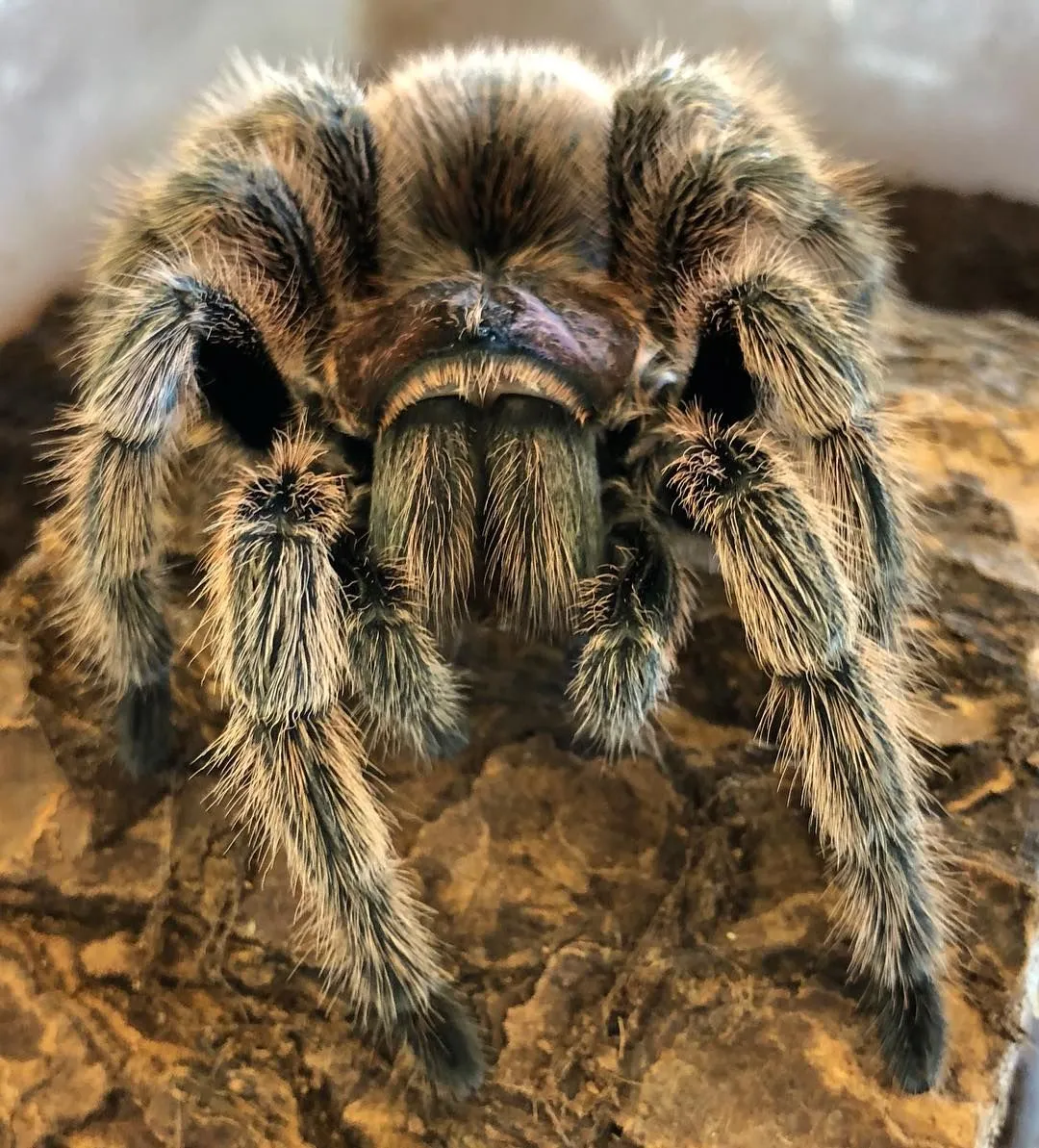
Avoiding common mistakes can prevent health issues and create a healthier environment for your tarantula. Being aware of these pitfalls will help you maintain the proper conditions and ensure the well-being of your pet.
Using the Wrong Substrate
Using the wrong substrate can be detrimental. Avoid substrates that are toxic or harmful to tarantulas. For example, avoid using any type of cedar or pine shavings. Some substrates may not hold humidity well or allow for burrowing. Always research substrates and choose ones proven safe and effective for Rose Hair Tarantulas. Make sure the substrate is clean and free from chemicals.
Overwatering the Bedding
Overwatering the bedding can lead to excessive humidity, which can cause mold and fungal growth. Excessively wet substrates also create an unhealthy environment and increase the risk of respiratory infections. Monitor the bedding’s moisture levels carefully, and mist the enclosure only when necessary. Ensure proper ventilation to avoid trapping moisture.
Ignoring Mold and Fungus
Mold and fungus can thrive in damp environments. Regularly inspect the bedding for signs of mold or fungus, which can pose health risks to your tarantula. Remove and replace any contaminated substrate immediately. Ensuring proper ventilation and avoiding overwatering can help prevent mold growth. Regular cleaning and maintenance are vital for preventing issues.
Cleaning and Replacing Bedding
Regular cleaning and replacement of the bedding are vital for maintaining a healthy environment. Knowing when and how to replace the bedding will help maintain the quality of life of your tarantula.
When to Replace Bedding
The frequency of bedding replacement depends on factors like the type of substrate, the size of the enclosure, and the tarantula’s activity. Generally, spot-clean the enclosure weekly by removing any waste, uneaten food, and dead insects. Replace the entire substrate every 6-12 months, or sooner if it becomes heavily soiled or mold develops. Regular inspection of the enclosure’s conditions will help you determine the appropriate replacement schedule. You can also choose to remove the top layer and replace with fresh substrate monthly.
Cleaning Methods for Enclosure
Cleaning the enclosure involves removing the tarantula (if possible), removing all of the old bedding, and cleaning the enclosure with a mild, non-toxic cleaner. Thoroughly rinse the enclosure to remove any traces of the cleaning solution. Allow the enclosure to dry completely before adding new bedding and returning your tarantula. Always wear gloves and wash your hands after handling the enclosure or substrate.
Troubleshooting Common Bedding Issues
Despite your best efforts, you may encounter some issues with your tarantula’s bedding. Knowing how to troubleshoot these problems can save you a lot of worry and ensure your tarantula’s well-being.
Addressing the most common issues, such as improper humidity levels, mold, and substrate contamination, will help maintain a healthy environment. Be prepared to adjust your care routine, monitor conditions, and replace the bedding when needed. Always keep an eye on your tarantula for any signs of health problems, and consult a veterinarian if you have concerns.
By following these guidelines, you can create a comfortable, healthy, and enriching environment for your Rose Hair Tarantula. Proper bedding is one of the most important aspects of tarantula care. Your tarantula will thrive in its new environment with the right substrate, humidity, and enclosure. With the right care, you can enjoy your pet for many years to come.
